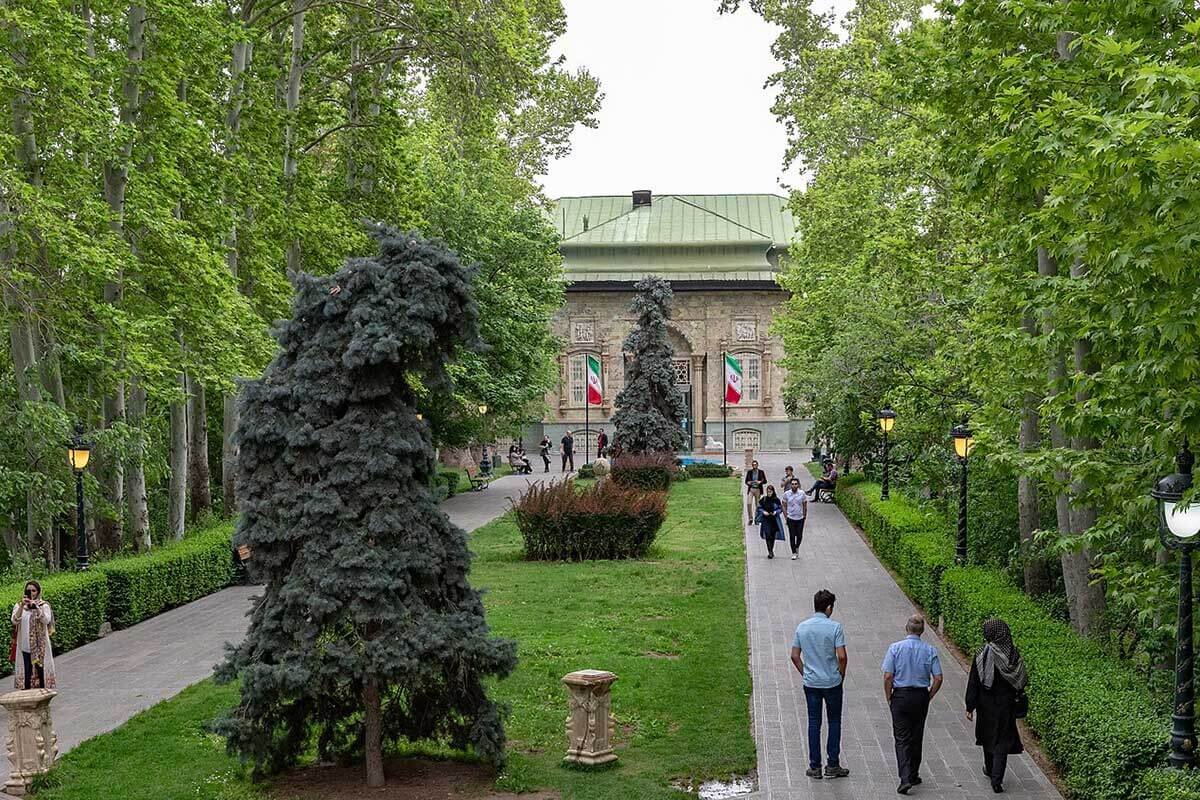18 million visits to Iran's cultural heritage museums registered

TEHRAN – Iran’s cultural heritage museums saw over 18 million visitors as of the beginning of the current Iranian calendar year (started March 21, 2022), the director of museums and historical properties at the tourism ministry said on Tuesday.
“From the beginning of 1401 until now, more than 18 million visitors toured museums operated by the Ministry of Cultural Heritage, Tourism and Handicrafts,” Morteza Adibzadeh said.
Palace complexes of Golestan and Sa’dabad welcomed the highest number of visitors during the period, the official added.
Sprawled on about 110 hectares of a mountainside parkland in northern Tehran, the Sa’dabad Cultural-Historical Complex used to be a royal summer residence during the Qajar and Pahlavi eras. It embraces a variety of buildings, some of which turned to be house museums showcasing a wide range of royal families’ memorabilia, including lavishly-made furniture, dishware, automobiles, carpets, and miniature paintings.
The UNESCO-designated Golestan Palace embraces eight significant edifices, many of which turned into museums. It is a prime example of the Qajar era's architectural and artistic achievements, including the infusion of European themes and aesthetics into Persian art.
The ancient country is home to one of the world’s oldest continuous major civilizations, embracing settlements dating back to 4000 BC. It also hosts some of the world’s oldest cultural monuments, including bazaars, museums, mosques, bridges, bathhouses, madrasas, gardens, rich natural, rural landscapes as well as 26 UNESCO World Heritage sites.
The name of Iran, formerly known as Persia, mostly conjures up the first Persian Empire, ruled by the Achaemenids (ca. 550– 330 BC) and sites such as Pasargadae and Persepolis. However, there are tens of prehistorical sites as the Burnt City in Sistan-Baluchestan, Tepe Sialk in Kashan, Susa and Chogha Zanbil in the Khuzestan province, and Ecbatana in Hamedan which predate the Achaemenid period.
From a wider point of view, Iranian history can be divided into Pre-Islamic and Islamic eras. The Medes unified Iran as a nation and empire in 625 BC. The Islamic conquest of Persia (633–656) that put an end to the mighty Sassanid Empire (224–651) was a turning point in the history of the nation.
AFM
Leave a Comment